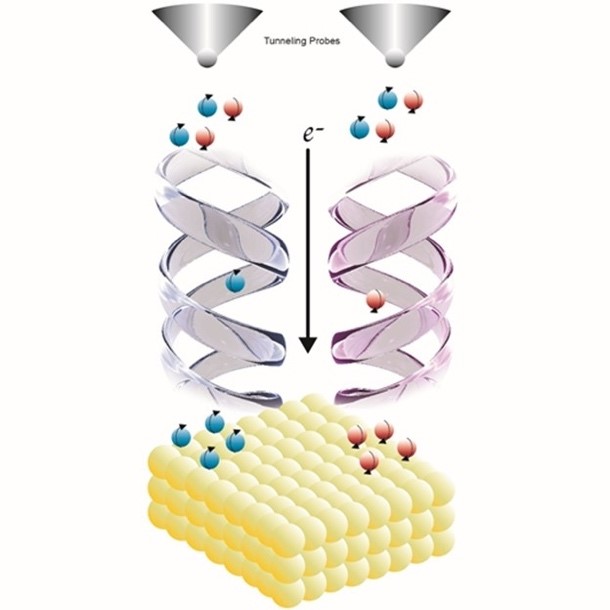By Trevor Thornton, NCI-SW Director
The fall semester is in the final stages and we wanted to share with you some of the interesting and exciting events and research happening with NCI-SW.
The NNCI Annual Conference was held at the Harvard University campus on October 23 – 25, coinciding with a glorious spell of east coast fall weather. During the meeting, each of the sixteen sites presented highlights from the previous year and their plans for Year 5. A common theme throughout the meeting was recent progress in our understanding of quantum materials and how they might be used for future quantum computing. A quantum computer uses ‘qubits’ with multiple states to solve problems that are currently intractable using a conventional digital computer with its binary states of ones and zeroes. Quantum computing exploits the ‘weird’ properties of quantum mechanics such as electron spin and is a central theme of the National Science Foundation’s Quantum Leap Challenge.
Recently, an ASU team lead by Vladimiro Mujica received a Conceptualization Grant to develop a Quant Leap Challenge Institute (QLCI) that would use chiral molecules to control electron spin. These chiral molecules exist as pairs that have an identical molecular structure but with a right-handed/left-handed symmetry that make them mirror images of each other.

The ASU researchers have confirmed that as electrons propagate along the molecules their spin properties depend on whether the molecule has a left-handed or right-handed chirality. The goal of the QLCI is to develop the underlying nanotechnology to deposit oriented layers of chiral molecules on solid interfaces. The transfer of electron spin at molecule-solid interfaces will form the basis of qubits for quantum computing and quantum communication applications. More details about the ASU Institute for Chiral-Quantum Materials Interfaces and the interdisciplinary team of engineers and scientists involved can be found here.